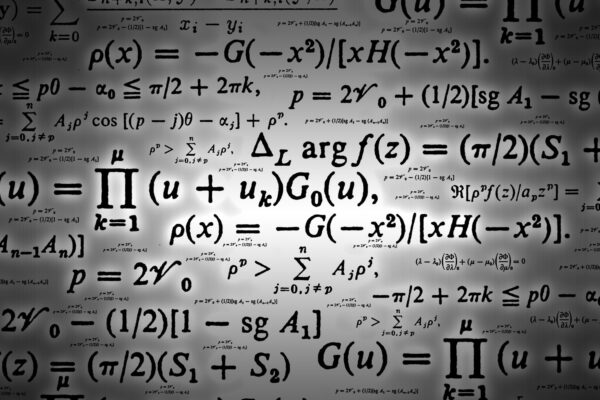As a rule, studying the 7th grade go math practical aspect of science is understood as the connection between life, theory and practice. Only in higher mathematics can students demonstrate the importance of mathematical methods as a universal tool for understanding the world and solving problems, especially economic ones.
The applied aspect is of great practical importance as it develops the mind, broadens the horizons and shapes the scientific worldview.
The methodology of practical mathematics education is based on the psychological and pedagogical principle of active approach, which does not impose a ready-made solution on students, but also activates the search for ways to create mathematical models and provides motivation for learning mathematics.
In addition to the general goals of mathematics education, the teaching of mathematics in economic specialties has a special goal. It is about forming a cohesive mindset that is used by students. This method includes the ability to model life processes as well as the choice of an algorithm or mathematical method needed to solve a particular problem.
Students will study mathematical theory, develop their creative abilities, solve mathematical problems in the process of forming mathematical thinking.
Practical tasks should become an obligatory part of the system of exercises for each part of the mathematics studied. Inclusion of such tasks in the system of practical exercises shows, on the one hand, the use of the mathematical apparatus for building the theory in other disciplines, on the other hand, complements the abstract mathematical theory with the content relevant to all areas of human activity. The practical content of the exercises reinforces the scientific character of the exercises and their accessibility. The practical importance of mathematics and the universality of its methods will be increased with the help of pressing questions.

One more area of practical orientation is teaching students mathematical modeling, which is the main way to solve practical problems. To develop the skills of mathematical modeling it is important to have go math book grade 7 general skills of modeling. For this purpose it is necessary to understand the essence of mathematical modeling, its main stages, requirements to models, their general characteristics.
At the initial stage of the course of mathematics in economics students enough to understand what the process of mathematical modeling and how these steps are implemented in solving practical problems.
As is known from the methodological literature, the process of mathematical modeling consists of three stages: 1) formalization of the proposed problem from the natural language to mathematical terms (creation of a mathematical model); 2) solution of problems within the model; 3) interpretation of the result in the initial problem (translation of the result into the natural language of the problem).
It is assumed that school graduates have some knowledge and skills in the field of mathematical modeling, such as the ability to determine the type of problem and the ability to build a system of equations or equations to solve text problems. However, this knowledge and skills are not sufficient to create mathematical models for solving practical problems in higher education.
Practice shows that the biggest problem for students comes in the first round. In higher education, the emphasis is on the second stage, since most of the problems that have been solved in math lessons are already formalized, for example, in the mathematical language. Therefore, it is advisable to include a basic sequence of actions that will create a mathematical model. This sequence is determined by the type of problem, so in each new type of analysis of the problem, students should be familiar with the algorithm for constructing a mathematical model.
Students in economics begin their math course with the section “Linear algebra”. This is a very formalized section that contains axiomatic definitions of concepts that students have difficulty understanding. It is necessary to include practical problems that use theoretical data from lectures and seminars to stimulate learning, facilitate learning and stimulate learning activities. It is also important to note that one of the main objectives of this course is the formation of knowledge on linear algebra, which is necessary to solve problems that arise in practical economic activity.
We provide examples of practical problems that can be solved by studying some sections of linear algebra and describe the methodology for solving these problems.
When we study “Matrix, Actions over Matrix,” we can take a look at the problems that lead to the need to create a matrix. These can be tasks such as preparing payment matrices. Including such tasks in the lecture material, as well as in workshops, helps students to understand what areas of action they are facing.
